What
is called the incident co lour of sunlight changes from sunrise
to midday and back again at sunset. Because the rays of light from the sun are striking the earth at different
angles the light of early morning and evening becomes warmer than
the cooler light of mid day - yet as the dawn begins to fall from darkness the light has a wonderful
blue co lour
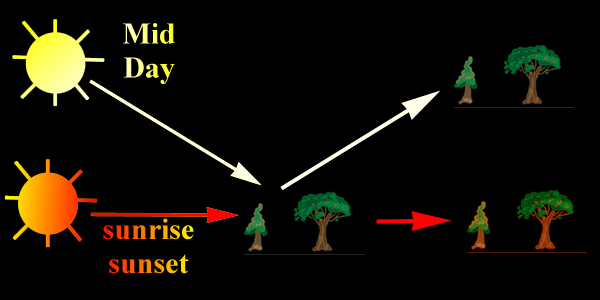
If we took a photograph of the same scene under each of these conditions
we would find the co lour of the two images quite different.
The
incident co lour of the light in the clear unpolluted sky of the mountains
in New Zealand is quite different than the light from a polluted sky
in central Europe or New York where it is tinted by the particles
in the atmosphere.

In this diagram, we see the area of the earth where direct sunlight falls and the area in darkness. This shadow rotates across the earth every 24hrs.
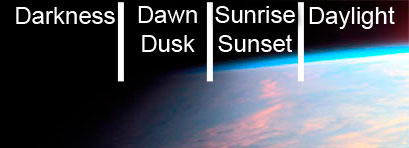
As the earth moves and the sun's rays move across the surface, there is a transition from darkness, through dawn (dusk, which is also called half light), sunrise (sunset) to daylight.
Because
they reflect more light , white subjects take on the co lour of the incident light more readily than darker ones.
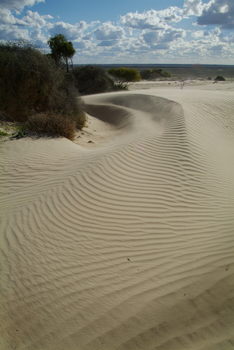
Note
how the co lour of the sand at Lake Munoz changes from this
image shot at midday to the opposite image - yet in the darker
shadows of the trees the effect is less dramatic |
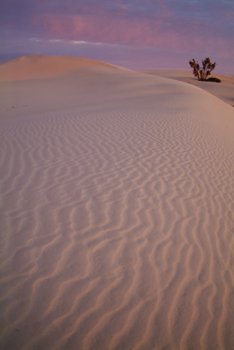
The same
sand at Lake Munoz at sunrise |
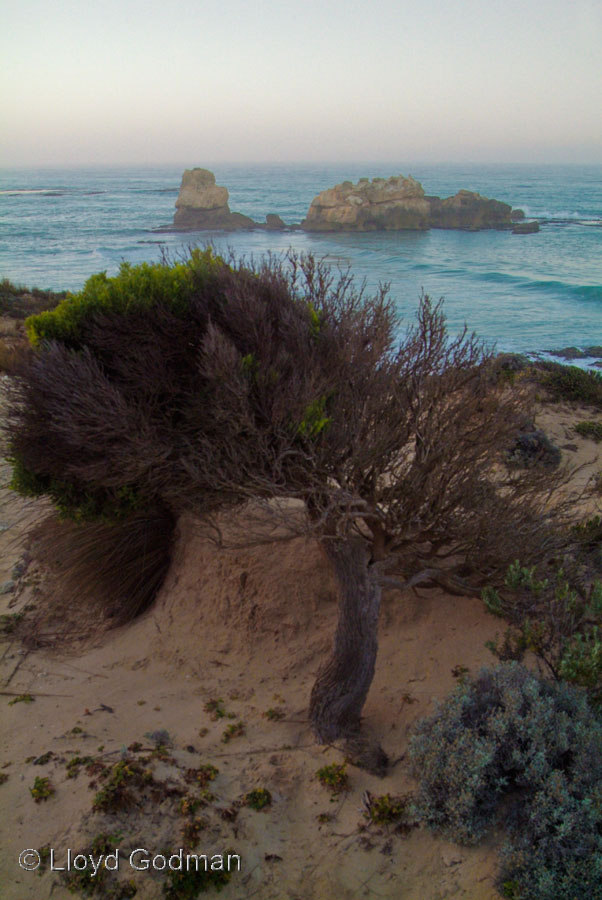
Southend 6.32 am.
|
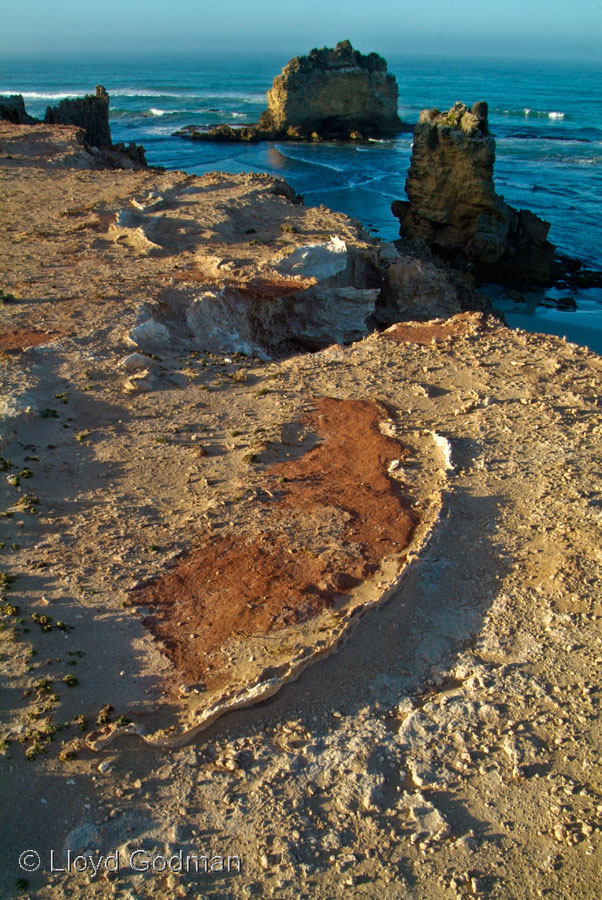
Southend 6.56 am
|